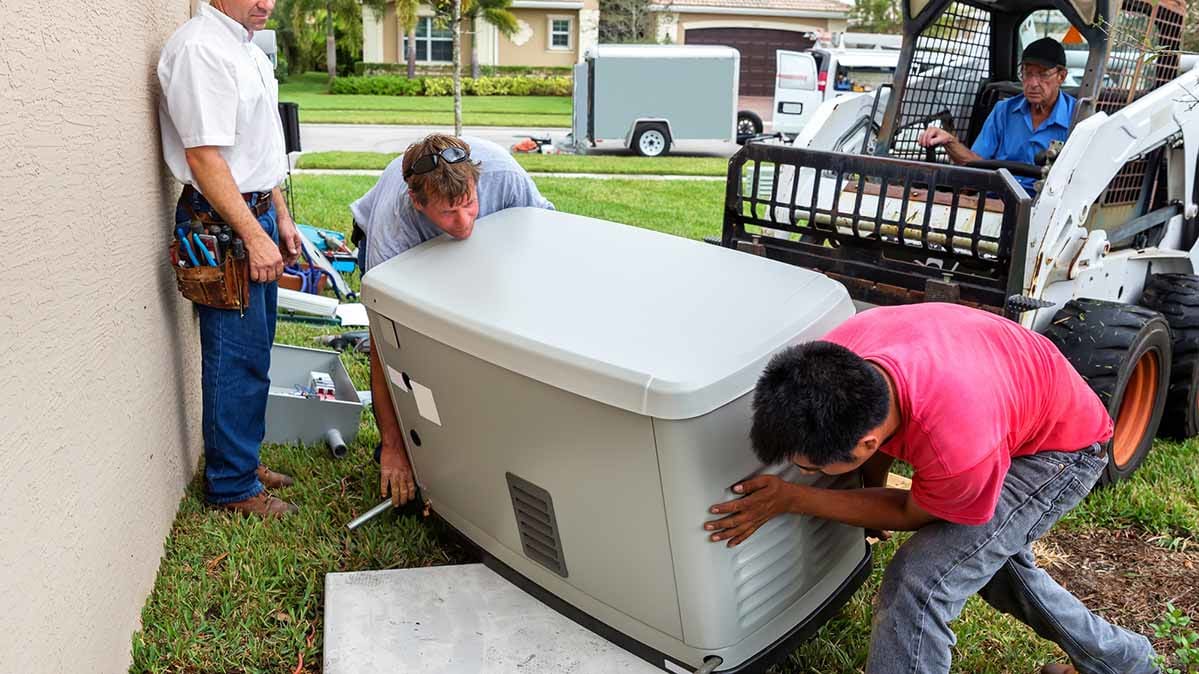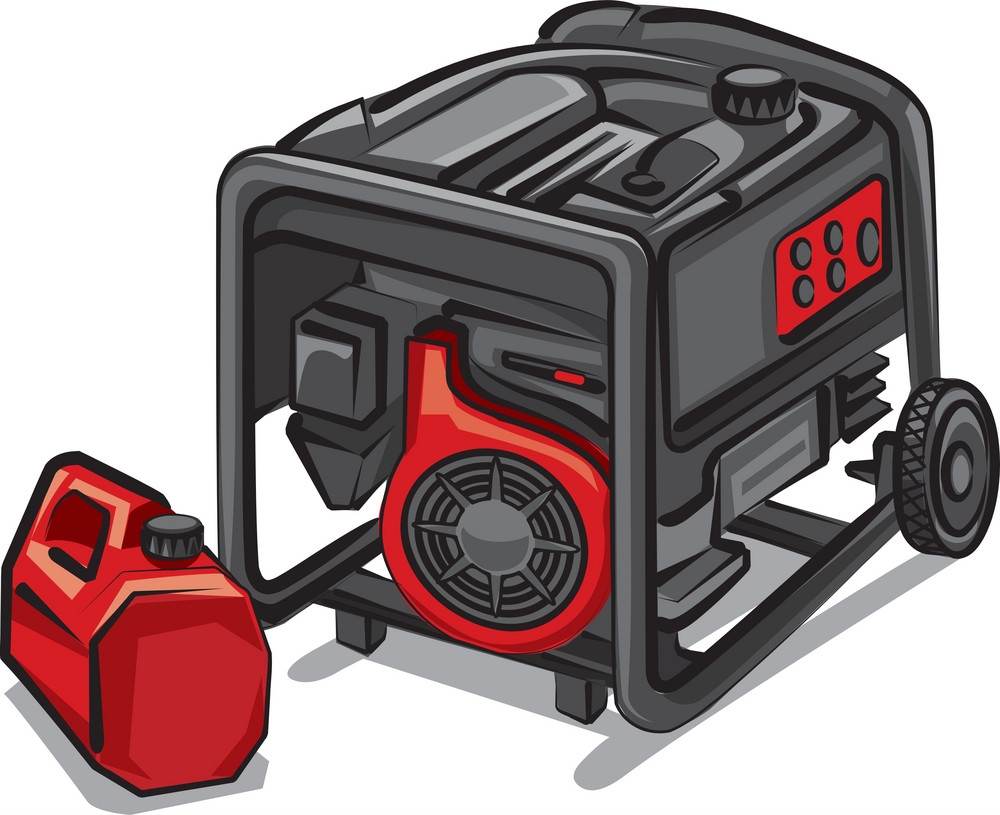
Install a Home Standby Generator Yourself: Why/ Why Not?
Standby generators work together with the automatic transfer switch to supply electric power within a power outage. Installation isn’t necessarily a complicated job, however it does require knowledge past the scope of many do-it-yourself books. Handling the project yourself as opposed to hiring an experienced and qualified installer can lower costs, however it will probably take more time. There are benefits and drawbacks to handling it as being a DIY project and hiring an expert.
Installation
The best standby generator installation runs on the load center along with an automatic transfer switch in one unit. The transfer switch connects with a double-pole breaker in the primary service panel. The circuits the generator will power are disconnected in the primary panel and routed in the new automatic transfer switch where they are linked to new breakers.
Other installations replace the main service panel with a new one which incorporates the automatic transfer switch, or perhaps the ATS is installed between your meter along with the existing panel.
Plumbing to increase the home’s gas lines to the standby generator is required along with an assessment in the gas utility meter to ensure it is going to handle the raised flow of gas. Otherwise, the utility requires a new meter installation.
Electrical Work
In case you are knowledgeable enough to complete the project yourself and may convince the local building inspector that you could handle the position, you may well be around the installation. Familiarity with the National Electric Code concerning the installation as well as your service entrance, and also a well documented insurance policy for installation will help create a permit to proceed having a generator installation, but you will still need to you must do everything correctly and pass the inspection.
Failure to incorporate important codes or making dangerous mistakes might prompt the inspector to require you to hire a mason after the fact, that will probably run you more money in the long run. Developing a “No Occupancy” tag slapped on the home since you made too many mistakes can send you off to a motel and incur even more expense before issues are corrected as well as your generator passes installation.
Plumbing Work
Linking to your home’s gas or LP gas supply lines is important. Natural gas lines to the new standby generator are run with black iron pipe, and LP gas uses copper or plastic tubing. You will want the skill to make leak-free connections and then test for leaks following your installation.
Building inspectors shy of householders that wish to accomplish their very own gas line plumbing work, and gas utilities feel similarly. The possibility of explosion or suffocation from leaking gas is great when errors happen and gas lines leak. Explosion danger extends to neighboring homes.
When you Do-It-Yourself
In case you are confident in your talent and will receive the building permit, then proceed to install your standby generator and automatic transfer switch. Follow each of the manufacturer instructions as well as all local building codes. Your house inspector must be other people you know throughout the installation and will offer advice and caveats. Should you come upon problems that lead you to deviate plan, call the inspector to make sure the modern plan is acceptable. Most of all, never proceed with purchasing materials or starting set up before you have the proper permits.
When you Employ a Pro
Do not forget that you’re dealing with electricity and you will be exposed to dangerous electrical currents. You’ll need to make use of your home’s gas lines and make up a leak-free pipe run and link with the standby generator. Failure either in of the trades may cause severe injury or death. If you’re not comfortable in your abilities with proven experience, hire an authority. It’s worth the satisfaction and saving a few bucks isn’t worth losing the life of someone close or yourself.
For more information go to: www.GeneratorPowerForLess.com
